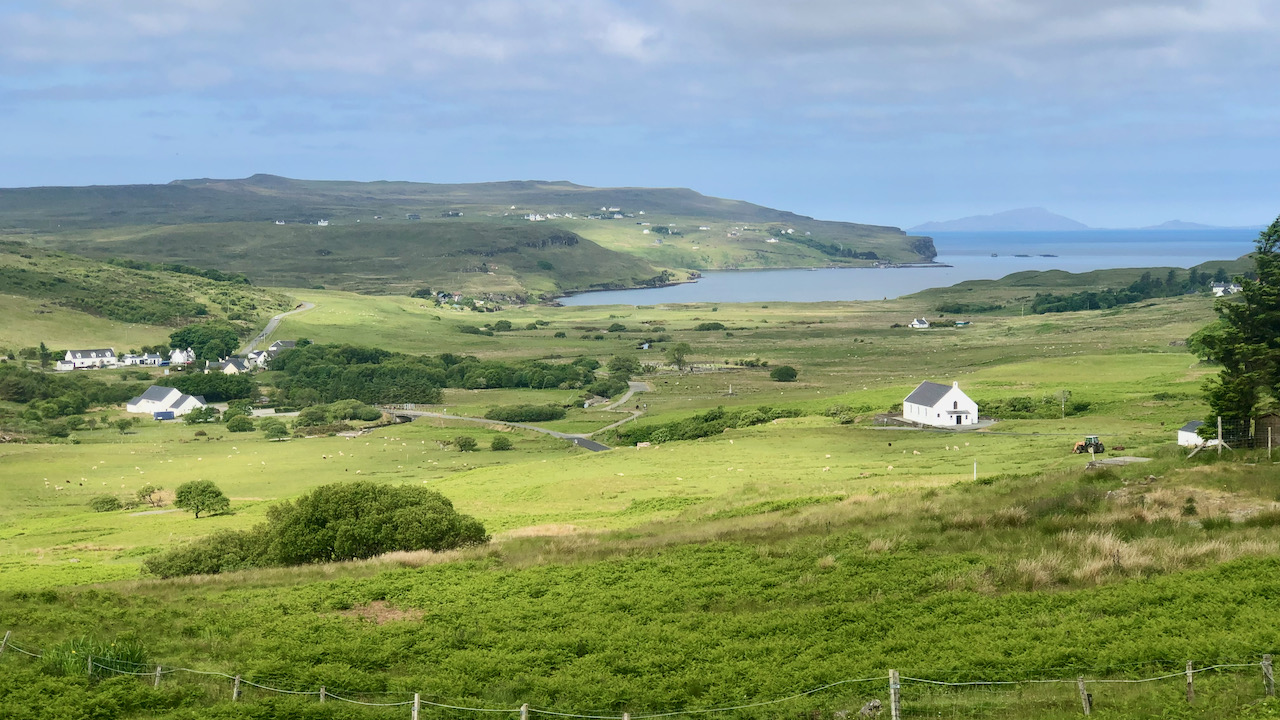My knowledge of the Highland Clearances assumed it began the 18th century and pretty much over by the mid 19th century. But it really ended with the Napier Commission and the passing of the Crofters Holdings (Scotland) Act in 1886, ensuring security of tenure for crofters.
My understanding of the Highland Clearances was that it started in the 18th century and was mostly concluded by the mid-19th century. However, it was actually brought to an end through the efforts of the Napier Commission and the enactment of the Crofters Holdings (Scotland) Act in 1886. This legislation guaranteed the crofters’ security of tenure, marking the true conclusion of the Clearances, although land reform is still continuing in Scotland1McKenzie, Steven. 2013. ‘The Crofters’ War and the Napier Commission’, BBC News (BBC News) <https://www.bbc.co.uk/news/uk-scotland-highlands-islands-22553418> [accessed 9 June 2023].
The Prime Minister, William Gladstone, commissioned the investigation with the intention of pacifying the disturbances that had taken place in the Highlands. While the crofters welcomed this initiative, estate managers reacted with a combination of suspicion and anger, feeling indignant that the government was intervening in matters of private property.
In 1882, the owner of the Glendale Estate located on the Isle of Skye initiated the eviction of the crofters from his land, making way for more profitable sheep farming. This sparked unrest, resulting in the imprisonment of their leader, John Macpherson, in Edinburgh multiple times, without any trial or charges. As a result, Macpherson became known as the Glendale martyr.
By 1883, the frustrated authorities sought military intervention to apprehend the ringleaders. This incident finally prompted Gladstone to order a public inquiry led by Lord Napier.
Four gunboats arrived at Colbost jetty on Loch Dunvegan, accompanied by three regiments of marines, two regiments of infantry, one regiment of artillery, and fifty armed policemen. Their orders were to subdue the crofters of Glendale. The gunboats sailed further into Loch Pooltiel, positioning themselves to potentially bombard the glen from the sea. Meanwhile, the infantry, artillery, and police marched towards Glendale on the drovers’ road, armed with loaded rifles and fixed bayonets2Information board at memorial at Colbost pass map reference NG 19825 49693.
Upon reaching the pass, the troops encountered approximately 600 Glendale crofters who were concluding a prayer meeting led by John Mackay, the head elder of the Glendale Free Church. The troops attempted to disrupt the gathering, provoking conflict with bugle calls and abusive shouting. However, as reported by a war press correspondent for the London Illustrated News, “the crofters dispersed with dignity, refusing to engage with the blasphemous remarks made by Sheriff Ivory and the troops.”
The troops’ intentions were foiled by the people of Glendale, who welcomed them as friends and shared their food and shelter. This strategic move had been pre-planned by Macpherson. The actions of the Glendale crofters caused a complete shift in the media’s attitude towards the clearances and garnered support for the crofters’ cause.
- 1McKenzie, Steven. 2013. ‘The Crofters’ War and the Napier Commission’, BBC News (BBC News) <https://www.bbc.co.uk/news/uk-scotland-highlands-islands-22553418> [accessed 9 June 2023]
- 2Information board at memorial at Colbost pass map reference NG 19825 49693

Leave a Reply